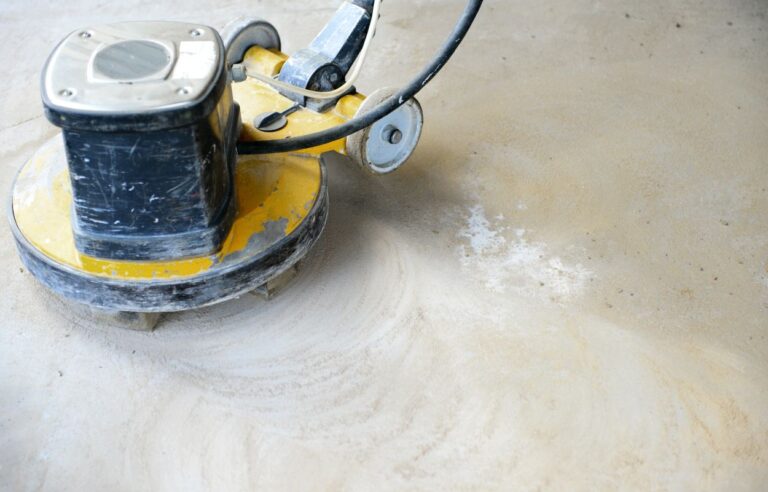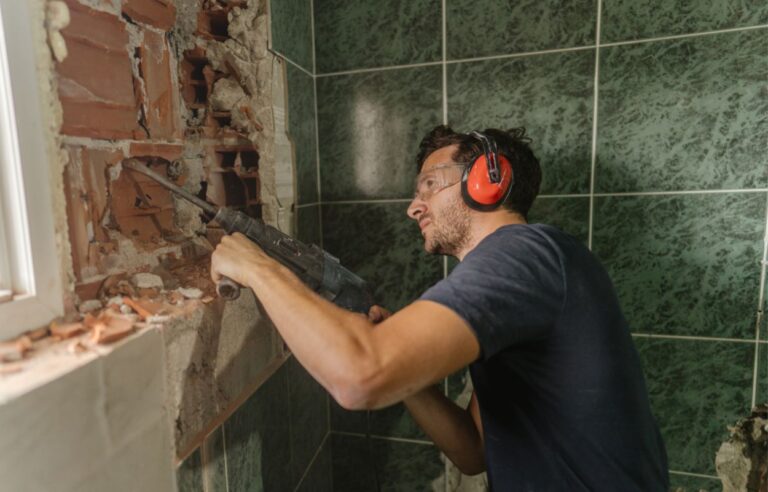
In the picturesque landscapes of Vancouver Island, deconstruction costs play a crucial role in shaping sustainable practices and fostering environmental responsibility. As the island seeks to balance growth with ecological preservation, understanding the nuances of deconstruction expenses becomes imperative for both homeowners and businesses alike.
THE IMPORTANCE OF DECONSTRUCTION
Before delving into the specifics of deconstruction costs on Vancouver Island, it’s essential to grasp the significance of this eco-friendly alternative to traditional demolition. Deconstruction involves carefully dismantling structures with the goal of salvaging materials for reuse. This not only minimizes waste but also reduces the demand for new resources, making it a key player in the island’s commitment to sustainability.
FACTORS INFLUENCING DECONSTRUCTION COSTS
Several factors contribute to the overall expense of deconstruction projects on Vancouver Island. The type and size of the structure, accessibility, and the materials used all play pivotal roles. Additionally, the level of salvageable materials and the need for specialized labor can significantly impact the final cost. Homeowners and contractors must be aware of these variables when estimating the budget for a deconstruction project.
LABOR AND SPECIALIZED SKILLS
One of the key determinants of deconstruction costs on Vancouver Island is the labor involved. Skilled workers are essential for carefully dismantling structures, ensuring that materials are salvaged without compromising their quality. The need for specialized skills in handling hazardous materials or intricate architectural features can influence labor costs. Investing in experienced professionals is not only a cost but a commitment to responsible deconstruction practices.
MATERIALS SALVAGE AND REUSE
The heart of deconstruction lies in salvaging materials for reuse. This sustainable approach not only reduces the environmental impact but can also offset costs. Salvaged materials, such as lumber, fixtures, or even architectural elements, can find new life in other construction projects. The higher the quality and quantity of salvageable materials, the more cost-effective the deconstruction process becomes, aligning with Vancouver Island’s commitment to waste reduction.
REGULATORY CONSIDERATIONS
Navigating the regulatory landscape is another aspect influencing deconstruction costs on Vancouver Island. Compliance with local regulations and building codes may necessitate additional steps or documentation, contributing to the overall project expenses. Understanding and adhering to these requirements is essential for a smooth and cost-effective deconstruction process.
In conclusion, the landscape of deconstruction costs on Vancouver Island is multifaceted, requiring careful consideration of various factors. Homeowners and businesses looking to embark on deconstruction projects must account for labor, materials salvage, and regulatory compliance. By embracing deconstruction as a sustainable alternative, the island not only contributes to environmental conservation but also sets the stage for responsible development.
Ultimately, the key to managing deconstruction costs on Vancouver Island lies in a holistic approach that balances economic considerations with ecological responsibility. As the island community continues to evolve, embracing deconstruction as a viable option ensures that progress harmonizes with the natural beauty that defines Vancouver Island.





